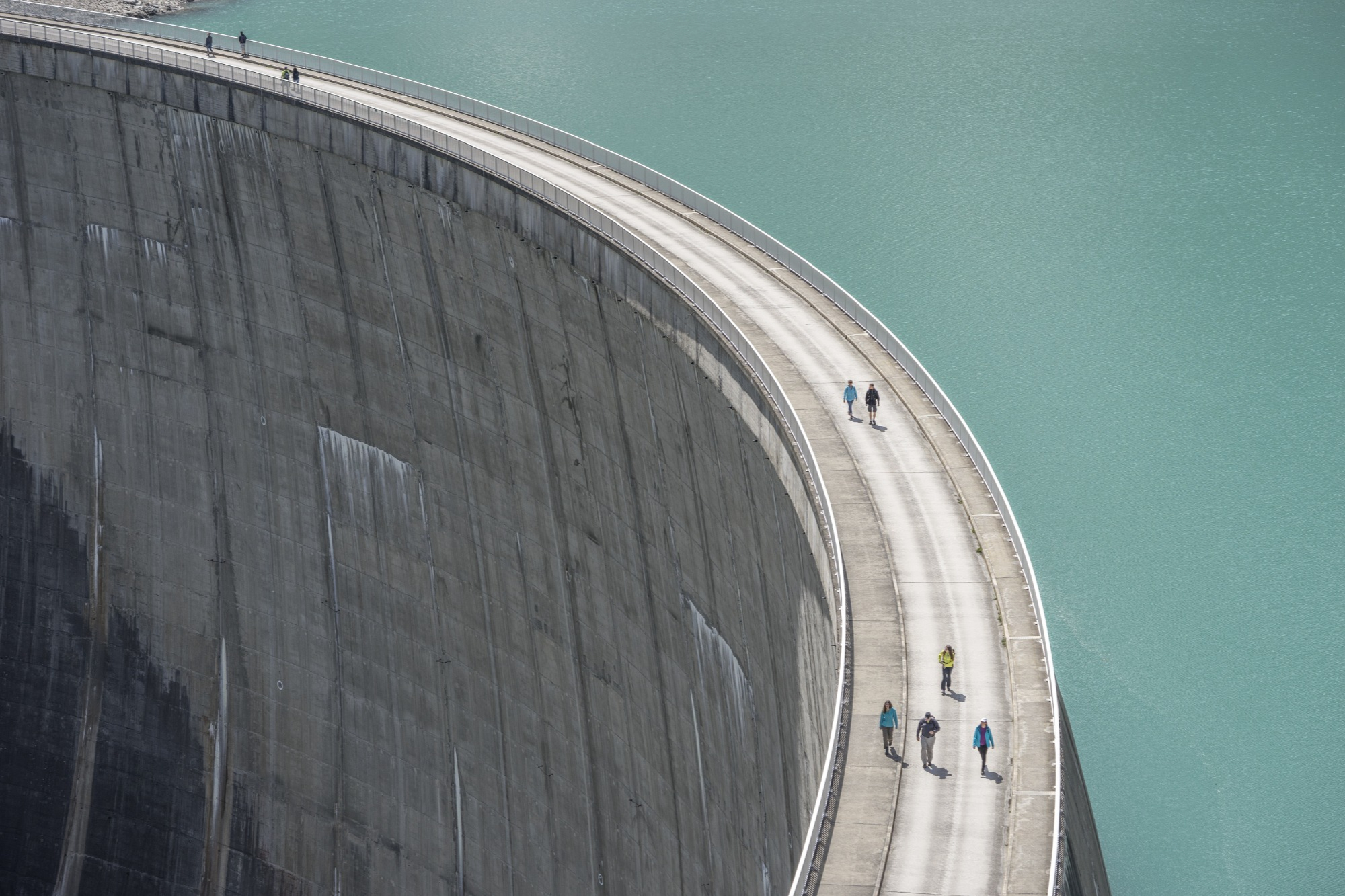

While dams are an engineering marvel, generating energy for millions of people around the world, some of them come with negative environmental side effects, from causing more inbreeding in animals by separating their populations to harming the flow of sediment in rivers that deprives wetlands of resources.
In the Pacific Northwest, the Snake River is the mighty Columbia River’s largest tributary, and home to four controversial dams known as the Lower Snake River dams. For decades, environmentalists have been calling for their removal due in large part for the effects on the region’s salmon population. While the dams include ladders and other fish passages, they still have made it difficult for the fish to make it to the Pacific Ocean. Three of the river’s salmon species are endangered or threatened, while the area’s orca whale population is running out of salmon to eat. A 2022 report from NOAA said that rebuilding the area’s salmon population will require large-scale actions, including breaching the dams.
While every dam and related water basin is different, some existing dams could be part of a more sustainable future when water from their reservoirs is used in irrigation for farming, according to a study published today in the journal Proceedings of the National Academy of Sciences (PNAS). The study investigates how much water storage would be needed to maximize crop irrigation without depleting water stocks or encroaching on nature, and how many people this watering technique could feed. They found that dammed reservoirs could be used to store more than 50 percent of the water needed for such irrigation.
[Related: Dams are hurting this enigmatic Australian species.]
The researchers analyzed the natural hydrological cycle (or water cycle) to see how much freshwater in both surface and groundwater bodies is created and renewed by this natural process, and how it compares to the water needs of current farmland. Through their analysis, they estimated that harnessing the full potential of storage-fed irrigation could help grow enough food to feed about 1.15 billion people around the world
The authors also found that if all of the 3,700 potential dam sites that have previously been mapped out to generate hydroelectricity throughout the globe were built and partially used for crop irrigation, they could supply enough water storage to irrigate crops for about 641 million people.
While dams have potential, the authors caution against relying on them as a major sustainable solution, due to their socio-environmental consequences. In some circumstances, dams have fragmented rivers and displaced people. They also cost more, have high levels of water evaporation, and cause ecological consequences.
“Amongst all supply and demand side options to increase food and water security, building more dams should be the last resort,” the researchers said in a joint statement.
Additionally, the authors emphasize that even if large reservoirs are built, they still would make up only a single part of the solution. They recommend serious evaluation of alternatives instead of building new dams.
According to the researchers, some alternative solutions for more environmentally sound water storage for irrigation are using small dams to harvest water, recharging groundwater systems with water from winter storms or snow melt in the spring, and better management of soil moisture on fields. The team highlights that better irrigation techniques or crops more aligned with water availability can reduce the demand for stored water.
“There is an urgent need to explore alternative water storage solutions, but we have to acknowledge that many dams are already in place,” said study lead author Rafael Schmitt, a research engineer with the Stanford Natural Capital Project, in a statement. “Our research illuminates their crucial role in ensuring food security in the future.”
Better water storage techniques using dam reservoirs would help build a more sustainable agricultural future. Farming practices in many parts of the world pollute and deplete water resources, can damage natural landscapes, and generate about one-third of global greenhouse gas emissions. Roughly two-thirds of cropland around the world depends on rainfall, and in times of drought the deficit is made up via non-sustainable water resources such as non-renewable groundwater or impeding environmental flows.
[Related: How AI could help bring a sustainable reckoning to hydropower.]
“Nutritional security is a core challenge for sustainable human development,” said study senior author Gretchen Daily, co-founder and faculty director of the Stanford Natural Capital Project, in a statement. “Our study highlights the urgent need and opportunity for nature-positive investments into irrigation and water management to reduce harmful impacts of agriculture while supporting other vital benefits of farmland and freshwater ecosystems.”
Eric Edwards, an assistant professor at North Carolina State University’s Department of Agricultural and Resource Economics who was not involved in the study told PopSci that this paper is tackling an important food production issue, “Focusing on irrigation is a key question as a changing climate will make patterns of precipitation more variable, which could affect the security of the world’s food supply.”
However, Edwards cautions that this study is not a benefit-cost analysis and that water problems are local, so more broad and global solutions are not as effective. “Individual dam projects could still cause large ecological problems or be excessively costly relative to the monetary benefits they provide,” he said. “Dams and the related irrigation water distribution infrastructure are very expensive. Often, such projects are not justified based on their improvements in agricultural production and are instead best explained as governmental subsidies to agricultural interests.”
According to Edwards, this paper can also help other researchers and policymakers conduct further study on how to better use the water basin.
